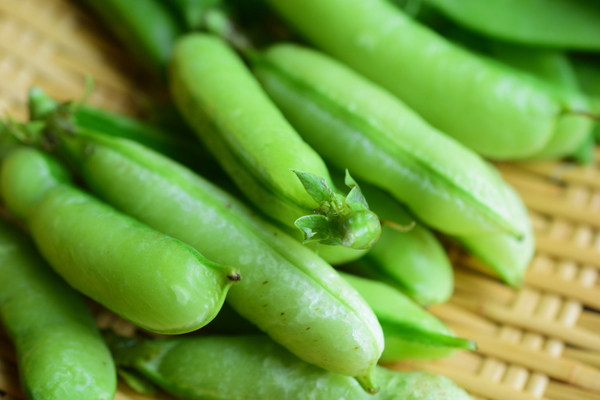Tofu Salad Miso Dressing豆腐サラダ味噌ドレッシングがけ [Rcipes, Summer 夏レシピ]
日本語のレシピは ビーガン、ベジタリアン情報満載の Hachidory から ご覧下さい。
It seems that the summer is not ready to pass the baton to the autumn yet.
That’s fine.
Then the autumn also might want to pass it to the winter later than usual, which is perfect for me !
I still crave for the watermelons this year !
What else do you think I crave for other than that ?
It is something white.
It is something soft and fragile.
It is something traditional for Japanese people.
It is rich in protein and easily available everywhere in Japan.
It is often loved by vegans all around the world.
I think you know what it is by now.
It is “Hiyayakko” !
Not tofu?
Yes, it is tofu, Hiyayakko is the chilled soft tofu.
It is perhaps the most popular way of eating tofu during summer in Japan.
It is super simple to prepare.
Open the package after taking out from the fridge, transfer it into the bowl, top up with the chopped green onion and grated ginger, pour the soy sauce, and just eat it !
So easy, right ?
However You wouldn’t love “Hiyayakko” without finding the fresh and good quality of tofu.
Therefore before introducing today’s tofu recipe, let me talk about tofu and also give some tips how to select the good tofu when you have selections at the grocery shops.
It is going to be a long talk, so if you do not want to spend time reading it, just scroll down to the picture of the yummy tofu salad.
You may be thinking that tofu is bland or tasteless, so need to cook with the seasonings such as spices, barbeque sauce and heavy gravies.
However when tofu is made from the good ingredients in a proper way, you might feel that it is such a waste to cook it or coat it with those strong seasonings.
Sadly many tofu sold in the supermarkets nowadays do not meet my standard. I can seldom enjoy “Hiyayakko” with those. They are a kind of tasteless like you think of tofu.
But don’t be disappointed.
Among so many tofu displayed on the shelf in the supermarkets in Japan, there are usually a few tasty ones which are made with the good quality of ingredients without unnecessary additives.
In order to find the satisfactory ones, you need to be able to read the labels first of all.
(We should make it a habit to read the label whenever we buy the products in this modern society. Don’t be deceived by the catchy words like “Healthy”, “No Additives”, “Organic”, “Vegan”.)
There are three points that you’d better check.
Defoamer
Lots of foams and bubbles surface in the pot while the soymilk is cooked during tofu making process. Those need to be removed.
In order to skip this process, using defoamer became a common practice as it can reduce the labor.
The defoamer can also increase the volume of tofu.
The description of the defoamer usage is not necessary in Japan, therefore if you do not see the word “消泡剤不使用/Defoamer-free”, the defoamer is most probably used.
Some tofu makers describe the names of the defoamer decently on the label. They are usually described as “シリコン樹脂/Silicon resin” or “グリセリン脂肪酸エステル/Glycerin fatty acid ester”.
Coagulant
This processing aid is necessary unlike the defoamer explained above.
There are mainly four types of coagulants.
They are
にがり・塩化マグネシウム / Nigari=Magnesium Chloride
塩化カルシウム/ Calcium Chloride
硫酸カルシウム / Calcium Solphate
グルコノデルタラクトン/ Gluconic Acid
It is said that each of them has different effects on tofu.
One of the reasons that tofu texture and taste differ among different brands of tofu can be attributed to the coagulant used.
I personally have not used the coagulants other than Nigari, the magnesium chloride as other three are not easily available in Japanese market.
However I recommend Nigari, which is obtained during the salt making process thus is considered the most natural coagulant.
The other three are normally chemically synthesized.
Get the liquid type of Nigari rather than flakes if it is available.
Soybeans
There are various kinds of soybeans.
Talking about the soybeans in Japan, the taste and the nutrients differ depending on the species of soybeans and also the regions where they are grown.
However it is not easy to know them as those specific seeds and regions are seldom described on the labels.
But you can know whether it is made from the soybeans of Japan or not as the makers always boast it on the package if their tofu is made from Japanese soybeans.
Though each soybeans are different, Japanese soybeans are generally tastier than the ones from the other countries as long as I know. And the protein content is higher.
There is also no worries of postharvest of chemicals.*
Therefore what you can do is to find the tofu from 100% Japanese soybeans within the criteria mentioned earlier.
And you can try several kinds among them to find the tofu of your favorite taste.
I’ve been trying to make tofu from various kinds of soybeans, however I have never made tofu as tasty as the one from the tofu factory which I am patronizing.
I asked the owner which soybeans they are using.
He told me that they combine 3 kinds of soybeans from the different regions taking each of their characteristics into consideration, and that they also went through the countless experiments.
*The postharvest treatment is normally performed prior to and after the exporting and importing process for the agricultural products.
The typical ones performed on are wheat, soybeans, corns, citrus fruits, banana, feeds to the agricultural animals.
The residual rates of those chemicals such as fungicide, pesticide and bactericide are much higher than the same ones of pre-harvest, and some are studied as carcinogenic.
Therefore you’d better avoid taking those foods from overseas as much as possible.
You might be a bit confused seeing unfamiliar terms.
Just remember tofu is the processed food after all, though, it is a protein rich healthy food as it is often said.
It is important to try to know what are used and how those ingredients are produced or raised, and who are involved and what are happening behind the products when you eat something, especially the processed food or imported food or animals, which you have not seen how they are grown nor produced.
I am offering two kinds of tofu classes using the platform of Airbnb Experience.
One is titled “Magical Soy and Japanese Vegan”, and in this experience, I teach the cooking of tofu dishes. It is the online class, so you can participate from wherever you are. https://www.airbnb.com/experiences/1879245
Another is titled “Tofu Making and Japanese Vegan Meal” and this is in person class. You can learn how to make tofu personally from me, and enjoy the lunch of tofu dishes that I prepare for you. If you have chance to visit Japan, join me in this experience! https://www.airbnb.com/experiences/317862
Let’s go to the recipe of this month !
It is Hiyayakko with the seasonal vegetable on top, in the other word, “Tofu Salad with Miso Dressing “ .
Watermelon Sherbet, Vegan すいかシャーベット [Rcipes, Summer 夏レシピ]
日本語のレシピは ビーガン、ベジタリアン情報満載の Hachidory から ご覧下さい。
Dawn, the most beautiful scenery in the morning
I read that 2023 July was the hottest month ever recorded worldwide.
But I feel it is not as bad as last few years.
It is rather more comfortable comparatively.
Why ?
The key is “humidity”.
When the humidity is high, even if the temperature is lower, it is quite uncomfortable.
However when the humidity is low, I do not feel that bad even the temperature goes up very high like 37℃, which is above the body temperature.
(it is definitely much better than the coldness of the winter.)
The very early morning is the best time of the day !
You may be surprised, but I wake up already three o’clock in the morning during summer.
The full moon in the early morning. It's fascinating !
After breathing, leg and back exercise on the bed, I get up and go out for an early morning walk.
I love to walk in the morning !
The sky of the east side often starts turning to orange at four o’clock already.
It is so exciting to see the milky orange sky with some light blue sky around it.
The air is fresh, not hot, just right temperature for me.
I have several roots for my morning walk.
One of them is the mountain which I spend 30 minutes plus to reach to the top from the foot of the mountain.
The sceneries from the top vary each day.
It can be extraordinary beautiful if I’m lucky.
I can seldom see the sunrise from the top of the mountain as I need to start climbing when it is still dark if I wish to see.
So I usually see the sunrise at the foot of the mountain.
By the time I reached the top, the sun is already glaring yellow, and the sky is blue when the weather is fine.
Another root I often take is a kind of rural area where the plenty kinds of seasonal wildflowers and plants grow.
The sound I can hear here is the birds’ songs only.
(When I approach the stream, I can also hear the gentle sound of the water running in the stream.)
I seldom meet people during my walk.
That is the another reason that I love early morning walk.
When I do not see people, I can feel as if I’m a part of the nature.
How fortunate I am to be able to immerse myself in the nature every day!
Because of this, everyday is a holiday for me.
I can refresh myself each day.
I do not have any desire to go somewhere on holiday to refresh myself or to seek a stimulation anymore.
The recipe that I am sharing with you today is the watermelon recipe.
It is a perfect recipe on a scorching hot day.
It is so cooling, easy to make, can be preserved in the fridge, so you can purchase a big size watermelon without hesitation.
Here’s an additional sharing with you today.
But be cautious, your temperature might go up as this video is sooo heartwarming.
So prepare this sherbet beside you to cool you down before watching it !
Special sharing for you.
Tomato Salad トマト玉ねぎサラダ [Rcipes, Summer 夏レシピ]
日本語のレシピは ビーガン、ベジタリアン情報満載の Hachidory から ご覧下さい。
The summer is still lasting here in Japan.
However it has already reached the turning point and is getting ready to pass the baton to the next season.
I can feel that from the air, and also from the sounds of insects.
The growth of the tomatoes in my garden is also telling me that.
I wanted to introduce today’s recipe earlier when the tomato season is in its peak in the open fields.
I cannot remember since when, but the tomatoes which used to be the vegetable of the summer only became the one of all the year round.
I read that 80% of the tomatoes sold in Japan are cultivated in the green houses, not in the open fields.
That is why they are available all the year round.
The real natural tomatoes, which grow in the fields can be harvested in the summer only (or early autumn).
When I looked at the tomatoes displayed in the supermarkets, none of them look like grown in the open fields to my eyes and sense. They are pretty, but less energetic.
The tomatoes in my garden are smaller and do not have nice figures like the one in the shop, but they definitely have more vitality, and are also tastier.
The recipe I am introducing today is very simple to make.
It is to enjoy the taste and juiciness of the tomatoes.
When I place the plate of this tomato salad, the cucumber dish, sweet corns and edamame/young green soybeans on the table, I feel as if I am on the cloud nine of the summer.
You might feel the same way !
Enjoy !
Hoon Kueh シンガポールスタイルとうもろこしプリン [Rcipes, Summer 夏レシピ]
日本語のレシピは ビーガン、ベジタリアン情報満載の Hachidory から ご覧下さい。
My body is cylindrical and long.
My body is yellow. (Some of my relatives are white and black.)
My body is surrounded by lots of hair and husks.
My body consists with lots of kernels.
I get matured in summer.
I am starchy and sweet.
Who am I ?
Is it too easy for you ?
Yes, I am a corn.
Whenever the summer comes, I say “The sweet corn is my most favorite vegetable as well as the green soy beans!”
I am eating the sweet corn almost every day these days.
My most favorite way of eating it is to bite into the corn cob after steaming it.
There are some other methods that I love to eat.
_00001-286ae.jpg)
Tomorokoshi no Surinagashi soup
I introduced Japanese style corn soup and Japanese style corn rice before, but today I am sharing the Singapore style corn sweets.
That is “Hoon Kueh”.
“Hoon Kueh” is made from mainly mung bean flour and coconut milk.
When I saw it for the first time in Singapore, I thought how unusual it is to use the corn kernels for the sweets, and I was skeptical if it can taste nice.
But it turned out to be very yummy.
The crunchiness of the kernels and the softness of the coconut jelly match in harmony to the contrary of my expectation.
I bought it whenever I visited the local sweets shop and eventually went to cooking class to learn how to make it.
During those days, the canned or packaged coconut milk was not popular at all and whenever I wanted the coconut milk, I went to the wet market and chose the coconut, then the uncle shredded it with the machine.
When I got back home, I squeezed it to obtain the milk.
Oh! so nostalgic! I wish I could do it again!
The canned or packed coconut milk is easily available even in Japan since some time ago, but neither of them can compare with the freshly squeezed one.
I was extremely disappointed when I found that most of the venders selling Singapore dessert were using readymade coconut milk, not the fresh ones anymore when I first visited Singapore for the first time in eight years after I left there for good.
My most favorite coconut dessert, Bobo Chacha became not “most” anymore since then.
The modern manufacturing technology made it possible to cook the tropical food even in Japan and other countries which are far away from Thialand, Indonesia, Malaysia and the Philippines.
That’s why I can share Singapore food even in Japan like I do today, so I should thank to this modern technology and vibrant capitalism.
Owing to them, people can easily pick up the coconut milk from the variety selections which are sold cheap, yes, cheap, not reasonably.
I encountered some articles the coconut is also creating problems ethically and environmentally in the process of harvest, production, manufacturing and marketing like chocolate which is by now widely known by people.
The coffee, bananas, avocado which are all imported from the economically not well off countries are also sold all the year round at low prices in Japan, much cheaper than the Japanese local fruits and tea.
This encourages young people, young mothers and budget tight people to go for those items.
Vegans also go for them as they believe those products are not animal derived.
But the fact is that we might be hurting local people as well as animals, and harming the environment by consuming them in a world scale.
https://www.onegreenplanet.org/environment/is-your-obsession-with-coconuts-harming-the-environment/
https://secure.petaasia.com/page/63752/action/1?locale=en-US
I think we need to be more concerned about the food we eat as it is essential not only for our health but also for all the living beings on this planet and for our sustainable happy lives.
Let’s try to know how the food we eat are made and what impact we are giving to the people and animals behind the production and also to the environment.
I minimize purchasing the items I mentioned earlier, coconut, banana, avocado and coffee.
As for the coconut and bananas which are my favorite fruits, I eat only during summer and give up rest of the year as I believe that it is the better choice for people and animals around the world, for environment and for my happiness too.
Well, let me share Hoon Kuey recipe now….
I use this coconut milk when I cook tropical food during summer.
The assurance was given to my enquiry from the Japanese supplier who is dealing only fair trade products that it is produced without monkey labor and with their strong support for the farmers.
So if you are not sure which coconut milk is good for you, you can try this one.
Snap Pea Rice with fresh onions 新たま青豆ごはん [Rcipes, Summer 夏レシピ]
日本語のレシピは ビーガン、ベジタリアン情報満載の Hachidory から ご覧下さい。
The spring has ended, and the season of greens has arrived.
I write about the green plums in June every year as there are many plum trees in my town and June is the harvest time of the year.
Another reason that I want to write about it is that I love the green plums, the fragrance of the ripen green plums is fantastic!
It melts my heart !
However the green plum trees do not bear the abundant of fruit each year. They do only every other year.
People call it “Naridoshi”, for the year of good harvest and this year is not Naridoshi. I can find only a few pieces in a tree at this moment.
It is disappointing, but honestly to say I feel a kind of relief at the same time. I will not be too busy for green plum works which includes umeboshi/salt preserved plum and syrup making. I can spend my time for the other things.
The plum is not the only green color food in June.
We have a few kinds of peas from May to June.
I want to introduce them to you today.
This is “Soramame”, fava beans or broad beans in English.
I like to split the pods and see the beans are nestling on the soft and spongy hollows. They are like the babies resting on the cot.
Here are other types of peas…
They are “Greenpeasu” / Garden Peas, “Snapendo”/ Snap peas , “Sayaendo”/ Snow Peas, from left to right.
When they are opened…
The pods of Greenpeasu are too hard to eat, but the ones of latter two can be eaten as they turn to soft when they are cooked.
All of them are so tasty when they are fresh, so if you live in Japan, do not miss this moment to enjoy those peas as they will quickly disappear in a few weeks’ time.
I am sharing the recipe of “Shintama Aomame Gohan “ today.
It is the rice cooked with freshly harvested sweet and juicy onions and snap peas.
These two vegetables collaborate so well and create the synergetic effect for tastier rice that makes me ask for Okawari, which means another bowl of rice.
Try and Enjoy!
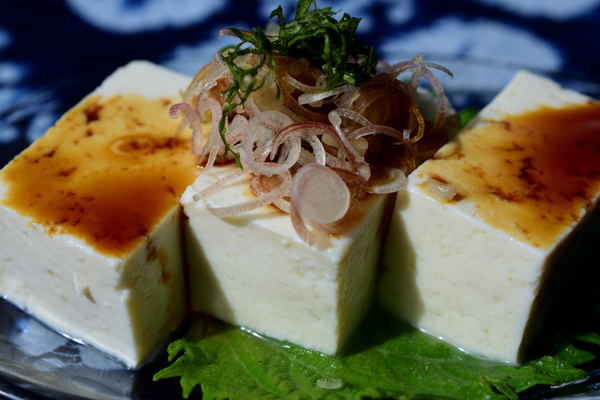
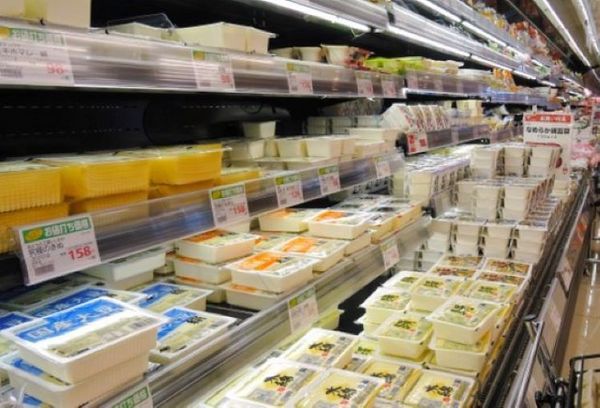
_00001.jpg)
_Moment_00001-46c65.jpg)
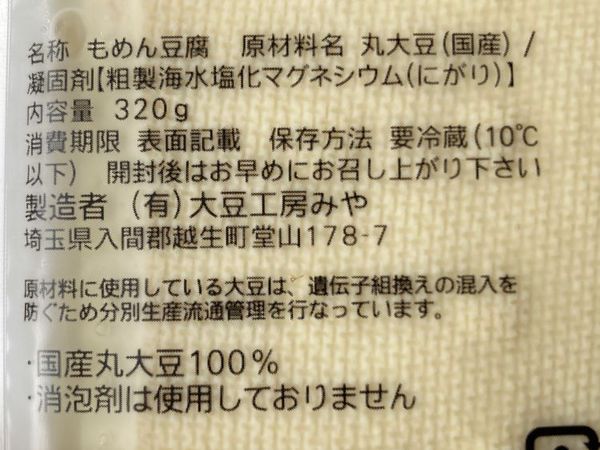

_00001.jpg)
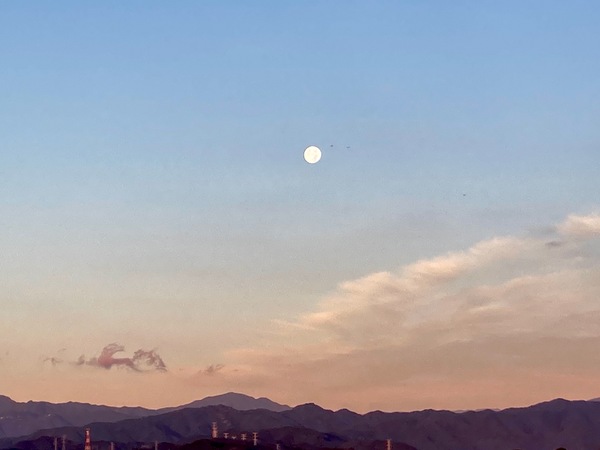

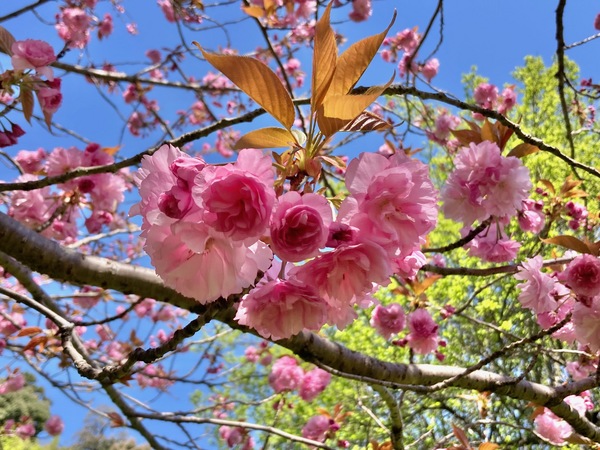
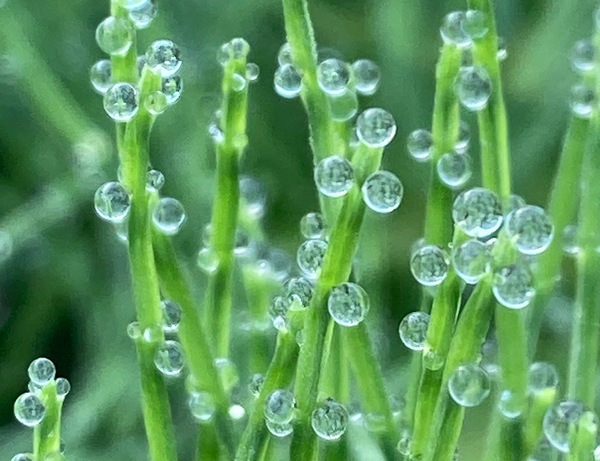
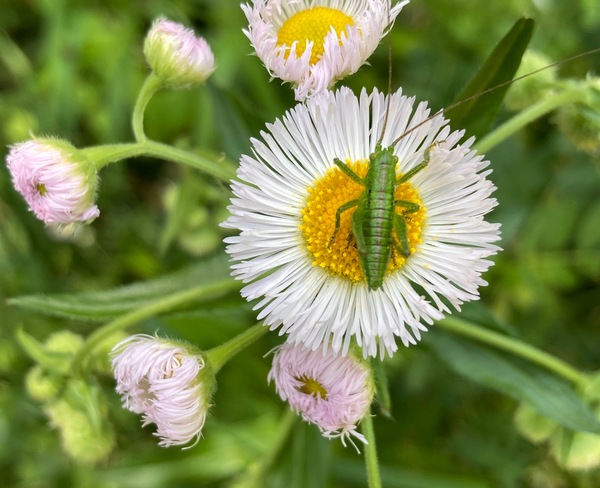

_00001.jpg)
_00001_01-0666e.jpg)

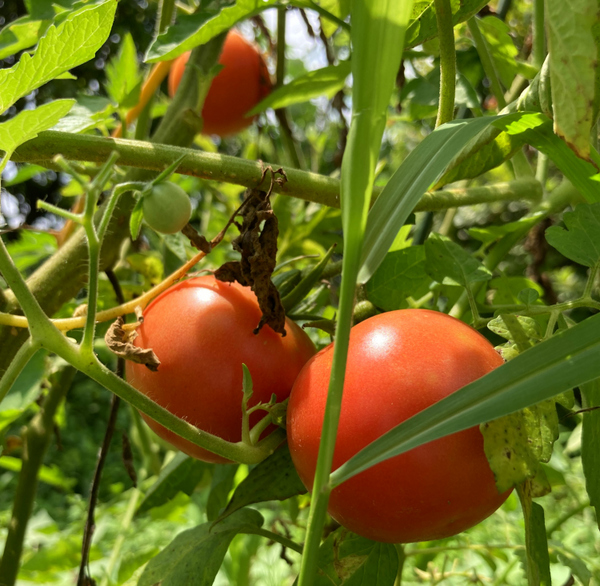
_00001-11500.jpg)
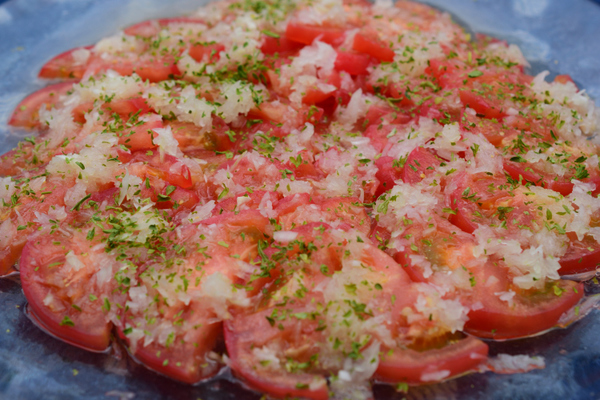
_00001.jpg)
_00001-1be97.jpg)
_00001-48c99.jpg)
_00001_01-0594a.jpg)

_00001.jpg)
20750x521-ef176.jpg)
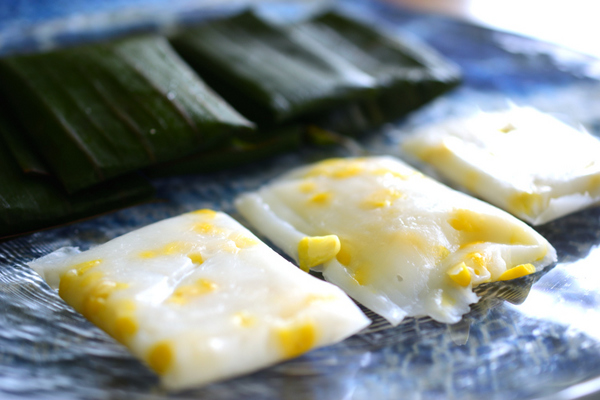
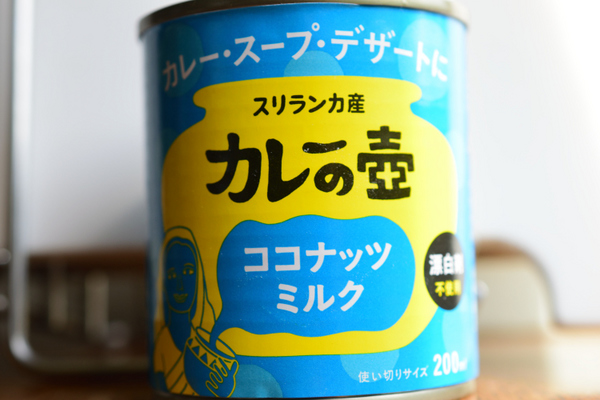
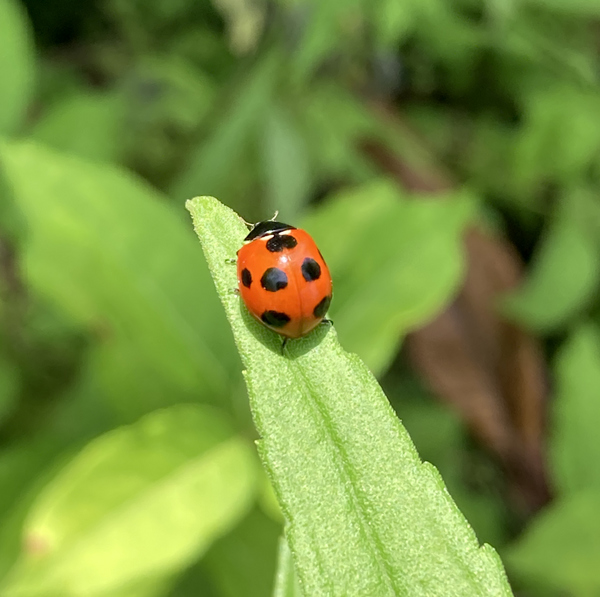
_00001_02-10a31.jpg)
_00001-0166f.jpg)
_00001-2b790.jpg)
_00001-96e6e.jpg)
_00001-24d08.jpg)
_00001_01-ad032.jpg)
